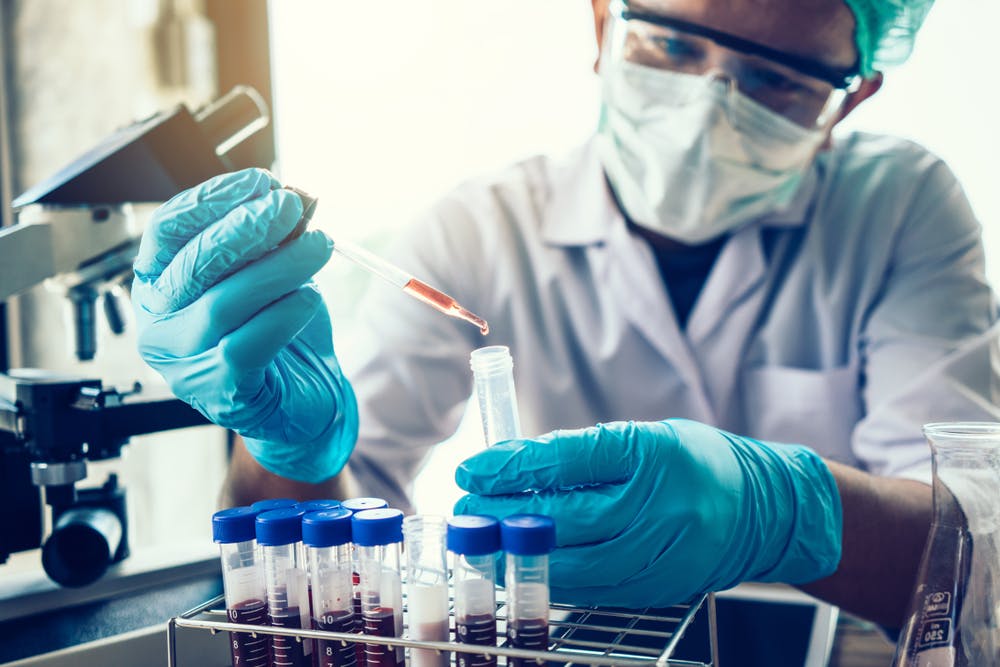Fertility clinics are always looking to increase success rates, especially given the recent embryo transfer guideline updates by the American Society for Reproductive Medicine. Many clinics now routinely freeze all blastocysts from an in vitro fertilization (IVF) cycle and perform preimplantation genetic testing for aneuploidy (PGT-A) on them.
However, PGT-A comes with many questions. Reproductive endocrinologists should understand how to explain the test's accuracy, cost and controversy to patients.
How Preimplantation Genetic Testing Works
Formerly known as preimplantation genetic screening (PGS), PGT-A is a test that determines the genetic health of an embryo produced during an IVF cycle. It allows the fertility treatment team to transfer the embryo most likely to implant and result in a successful pregnancy.
To help prospective parents understand PGT-A, you can break the screening process into five steps:
- The eggs are retrieved and fertilized.
- A clinician takes an embryo biopsy of day five, six or seven blastocysts. This process involves removing a few cells from what may become the placenta.
- The biopsy samples are analyzed for chromosomal abnormalities and categorized as euploid (normal), aneuploid (abnormal) or mosaic (some normal and some abnormal).
- The genetic testing lab delivers results to the fertility clinic, typically one to two weeks later.
- A patient undergoes ultrasound-guided embryo transfer of the best blastocyst(s).
The Benefits of Preimplantation Genetic Testing
Especially for women of advanced reproductive age, those who have had repeated IVF failures or patients who have experienced recurrent miscarriages, PGT-A can decrease the time it takes to successfully become pregnant. Embryo genetic testing increases the confidence in transferring a single embryo, reducing the need for transferring multiple embryos and the ensuing likelihood of multiple births. This form of genetic testing can also potentially save patients time and money overall by ensuring only normal embryos are transferred. It also reduces the chance of a miscarriage.
Genetic testing can potentially reduce or eliminate the need for more invasive forms of testing during pregnancy. Depending on the testing company, the accuracy claims of PGT-A fall between 97 and 99 percent.
Risks and Costs
The cost of PGT-A is often prohibitively steep because of the expense of several factors: The fertility clinic charges for intake and shipping of embryo biopsies, while the genetic testing lab charges for PGT-A processing and results. Costs vary based on the clinic, the testing company and the number of biopsies sent for analysis, but the average cost is somewhere between $2,500 and $5,000. Patients must pay for a frozen embryo transfer cycle each time they want to transfer; a fresh transfer is not included in the initial cost of a retrieval cycle.
The biopsy and freezing process can potentially damage embryos, even ones that testing determines are normal. PGT-A does not guarantee an embryo will implant or lead to a successful pregnancy. Especially for young, healthy women with a good chance of success, PGT-A does not dramatically increase pregnancy rates.
Unexpected Results
A study on nonhuman primates published in Genome Research found that some mosaic embryos, which typically are not recommended for transfer, may adapt, implant and become healthy pregnancies. These unexpected results leave both patients and reproductive endocrinologists with the question: What do we do with these embryos, especially if they are all the patients have? There is currently no definitive answer to this lingering community-wide question.
PGT-A can be a helpful diagnostic tool, but it is not for everyone. Physicians should inform patients of all their options and work together with them to make an informed decision about whether genetic screening is the right choice.


